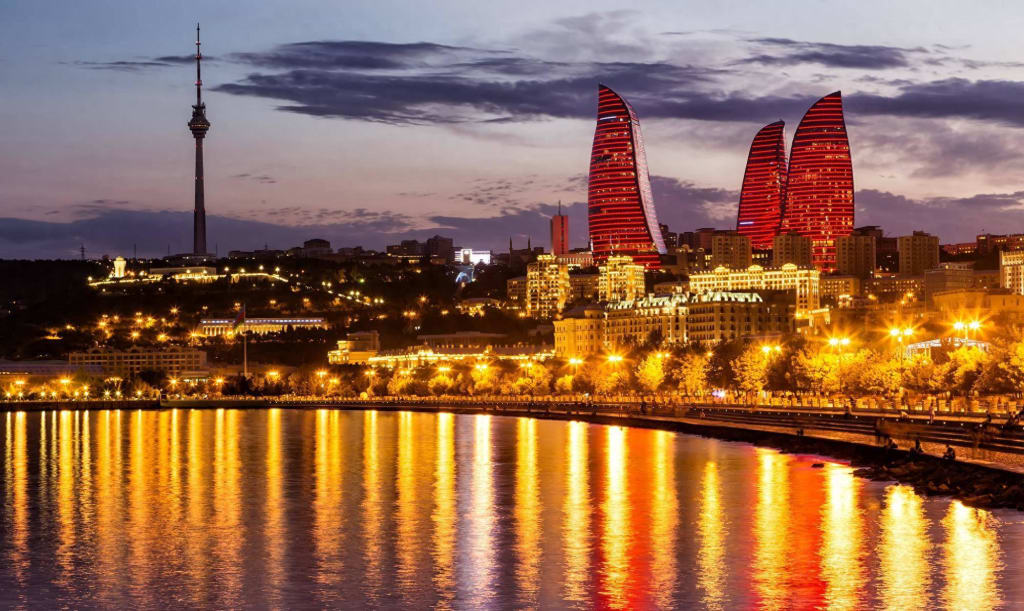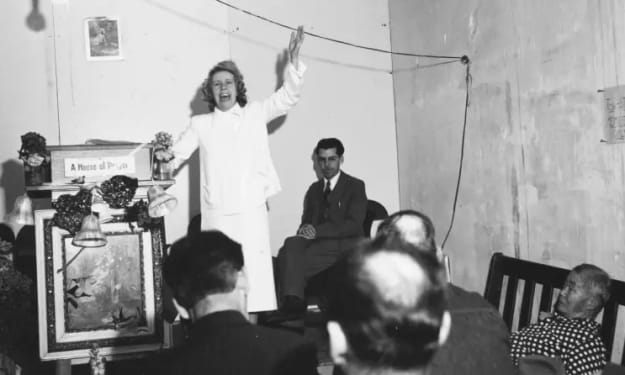The first country to face extinction in 2024 took merely 32 years from its declaration of independence to its demise.
On a day in September 2023, the Russian Satellite Communications Agency and Agence France-Presse released a shocking news that reverberated across the globe. The leaders of the Republic of Nagorno-Karabakh signed an order announcing that this small country, caught in dispute between Azerbaijan and Armenia, would cease to exist on January 1, 2024. This decision came like a bolt from the blue. The Republic of Nagorno-Karabakh emerged amidst controversy and conflict, only to meet its end due to the unresolved disputes with its neighboring countries. The international community had mixed reactions to this news; some saw it as an inevitable outcome, while others expressed concern for the future of Nagorno-Karabakh.

Nagorno-Karabakh, also known as Artsakh, encompasses 4,400 square kilometers of vast land. This landmass ranks 166th in the world in terms of total area, surpassing many well-known countries like Singapore, Luxembourg, and the Maldives. This expansive territory is not devoid of life; it carries the hopes and dreams of approximately 150,000 indigenous inhabitants.
Though the population of Nagorno-Karabakh is not the smallest globally, each resident deeply loves this land. They have cultivated their lives on this fertile land with diligence and wisdom. The terrain of Nagorno-Karabakh is diverse, with mountains, valleys, plains, and lakes, adding endless charm to this land.
Nagorno-Karabakh boasts a rich history and cultural heritage, which has been preserved and promoted through generations. Its residents primarily engage in agriculture and animal husbandry, working hard on the land and creating a rich tapestry of culture and traditions. These cultural facets have become the unique identity of Nagorno-Karabakh, drawing attention from around the world.
So why did Nagorno-Karabakh come to its demise?
The history of the Nagorno-Karabakh region dates back to ancient times when it was part of the Kingdom of Armenia. The Kingdom of Armenia was once a prosperous country, achieving significant cultural and artistic accomplishments. However, as history progressed, Armenia eventually fell, and the Nagorno-Karabakh region fell under the rule of the Persian Empire.
The Persian Empire was a vast empire that once ruled over many countries and regions. Under its rule, the Nagorno-Karabakh region underwent many changes. The Persian Empire initiated various developments and improvements in the Nagorno-Karabakh region, such as constructing roads, bridges, and irrigation systems, all of which had profound impacts on the local economy and society.
However, history is full of twists and turns. By 1813, the Persian Empire was defeated by the Russian Empire, and the Nagorno-Karabakh region became part of the Russian Empire. The Russian Empire's rule brought new changes to the Nagorno-Karabakh region.
Under the rule of the Russian Empire, the economy, culture, and politics of the Nagorno-Karabakh region saw further development. The Russian Empire also reformed education in the region, establishing many schools and universities, providing more educational opportunities for the local population.
However, history took another turn after the Russian October Revolution, ushering in a new phase in the history of the Nagorno-Karabakh region. Nagorno-Karabakh became part of the Transcaucasian Democratic Federative Republic.
In the course of history, the Transcaucasian Democratic Federative Republic was once a prosperous country. However, over time, this country gradually split apart. Eventually, it was divided into three countries: Armenia, Azerbaijan, and Georgia. This division led to the separation of regions that were once closely connected, each embarking on different development paths.
During the Soviet era, to consolidate its own rule, Stalin took a series of measures, one of which was to redraw borders. He decided to assign the Nagorno-Karabakh region, which originally belonged to Armenian jurisdiction, to Azerbaijan.
Behind this decision lay Stalin's vigilance and repression against Armenia. He was well aware of the strong national pride and ambitions for independence among the Armenian people. To weaken this force, he intentionally created conflicts and disputes between regions, making the relationship between Armenia and Azerbaijan tense and delicate.
However, the majority of people in Nagorno-Karabakh were Armenians, with only a small minority being Azerbaijanis. Despite the change in administrative jurisdiction, in the hearts of the people of Nagorno-Karabakh, there still existed a deep affection and identification with Armenia. They were unwilling to give up their ethnic identity and cultural traditions, yearning to one day return to the embrace of Armenia.
To achieve this desire, Armenians living in Nagorno-Karabakh joined forces, collectively petitioning the Soviet government to transfer Nagorno-Karabakh back to Armenia. Their letter was filled with longing for their homeland and a determination to return.
However, Azerbaijan was resolute in its stance on the matter. Nagorno-Karabakh had already become part of one of their provinces, and they were not willing to give it up easily. The differences between the two sides on this issue grew larger and the tensions escalated.
Finally, on a cold day in February 1988, the tense situation between Armenia and Azerbaijan reached its peak. A war broke out to vie for control over Nagorno-Karabakh. The flames of war spread, engulfing the land, and the people were plunged into endless suffering and sorrow. This was the famous "Nagorno-Karabakh War" in history.
To defend the precious land of Nagorno-Karabakh, the Azerbaijani government made a bold decision. They abolished Nagorno-Karabakh's autonomous status and no longer recognized it as a region with independent administrative authority. This move essentially placed Nagorno-Karabakh entirely under the direct jurisdiction of Azerbaijan through the reorganization of administrative divisions.
This decision was not made lightly but was a carefully considered choice. Azerbaijan understood the importance of Nagorno-Karabakh as part of their historical territory. Only by firmly holding it in their hands could they ensure the future security of this land.
However, history continued to unfold, and no one could stop its course. Just three years later, in 1991, the once world-renowned superpower, the Soviet Union, collapsed under the weight of internal and external pressures. This empire, once invincible, had now become dust in the annals of history.
Under the tremendous impact of the dissolution of the Soviet Union, many countries within the federation began to stir, choosing independence one after another. Among them was Azerbaijan. At that time, Azerbaijan faced unprecedented challenges and opportunities. They needed to reevaluate their position and find their own path forward.
Meanwhile, the Nagorno-Karabakh region, which had already been under Azerbaijan's control, broke free at this moment, soaring like an eagle released from its shackles. They declared independence and established the Republic of Nagorno-Karabakh.
However, this did not mean an end to the conflict between Armenia and Azerbaijan. On the contrary, the flames of contention between the two countries continued to spread in the Nagorno-Karabakh region, like a raging fire mercilessly devouring every inch of land and every life.
In this intense struggle, both Armenia and Azerbaijan paid a heavy price. Countless lives were lost in this war, homes were destroyed, and families were torn apart. However, neither Armenia nor Azerbaijan gave up the fight for Nagorno-Karabakh.





Comments
There are no comments for this story
Be the first to respond and start the conversation.